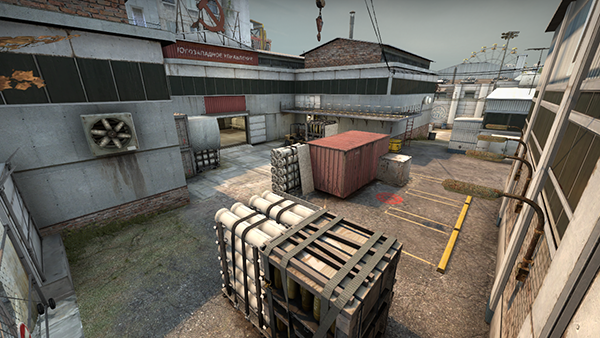BDP Engbu Insights
Your go-to source for the latest news and insights.
Vetoing Your Way to Victory: Understanding the CS2 Map Veto System
Master the CS2 map veto system and dominate your games! Unlock strategies for victory and outsmart your opponents with our expert guide.
Mastering the Map Veto: Strategies for Success in CS2
Mastering the map veto process in Counter-Strike 2 (CS2) can significantly influence your team's performance and set the tone for the match. Understanding the dynamics of map selection is critical; it's not merely about picking your preferred maps but also strategically eliminating those that play to the strengths of your opponents. Begin by analyzing your team's strengths and weaknesses, and develop a list of maps you excel on, as well as those you struggle with. Prioritize these in your veto strategy to create a favorable matchup.
To succeed in the map veto phase, communication is key. Ensure every team member is vocal about their preferences and concerns. This process can be streamlined using an ordered list of maps that everyone agrees upon. For example:
- Map A - Strong for us
- Map B - Avoid due to opponent's strength
- Map C - Neutral ground

Counter-Strike is a highly popular first-person shooter game that pits teams against each other in objective-based gameplay. Players can engage in various modes, and the competitive nature of the game has fostered a vibrant esports community. If you're looking to improve your gameplay and learn how to fast forward in cs2 replay, there are plenty of resources available to help you gain an edge.
The Secrets Behind the CS2 Map Veto System: What Every Player Should Know
The CS2 map veto system is a crucial aspect of competitive gameplay that can significantly influence the outcome of a match. It allows teams to eliminate maps from the pool, ensuring that the chosen maps favor their specific strategies and strengths. Understanding how this system works can give players an edge over their opponents. Initially, each team has the chance to ban a map, with the order of bans often predetermined in a best-of-three or best-of-five format. Knowing which maps to veto can provide insights into both your team’s preferences and your rival’s weaknesses.
Moreover, the map veto process is not only about banning but also about picking maps that suit your team's playstyle. After the ban phase, teams will select their maps for the match, which can be strategically aligned with their training and practice. For instance, if your team excels at strategies on Dust II but struggles on Inferno, it’s essential to prioritize your picks accordingly. Remember, communication is key in this process, as discussing each player’s comfort level with various maps can ultimately lead to more confident and cohesive gameplay.
How to Choose the Right Maps: A Guide to Effective Vetoing in CS2
Choosing the right maps in CS2 is essential for enhancing your gameplay experience and ensuring effective vetoing strategies. Players should begin by assessing their team's strengths and weaknesses across different map types, including CT (Counter-Terrorist) and T (Terrorist) sided maps. Understanding the dynamics of maps like Dust II, Mirage, and Inferno can make a significant difference in your team's performance. Take the time to analyze how each player performs on various maps and establish a list of preferred choices that suit your team composition.
Next, consider the overall meta and the current trends within the competitive CS2 environment. Certain maps may gain popularity due to updates or professional playstyle shifts, impacting their effectiveness in vetoing. Stay updated by following community discussions, patch notes, and pro match outcomes. When you approach the veto stage, prioritize eliminating maps that your opponents excel on while retaining those that you and your team are comfortable with. Remember, a well-thought-out veto can turn the tide in your favor and increase your odds of winning.